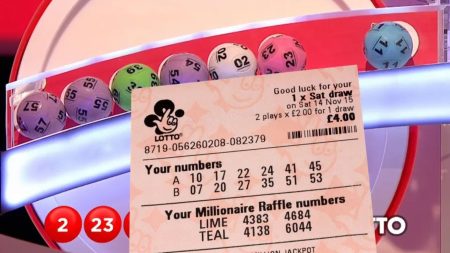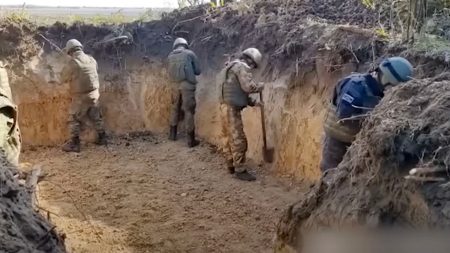This brain teaser transports you back to a seemingly ordinary scene in a 1950s park, challenging you to identify a time traveler lurking amongst a group of casually conversing individuals. The image presents a snapshot of a bygone era, yet a subtle anachronism disrupts the nostalgic tableau. Your task is to pinpoint this anomaly within a mere seven seconds, a feat requiring keen observation and rapid cognitive processing. The challenge lies in discerning the individual who doesn’t belong, a task made more difficult by the partial obscuring of some figures and the lack of explicit contextual clues.
The puzzle’s premise hinges on the detection of technology incongruous with the 1950s setting. Modern devices, unseen in that era, serve as the giveaway. The image, however, offers no immediate guidance on what to look for, demanding a thorough visual scan of every detail. The arrangement of individuals, with some partially concealed, adds to the complexity, forcing the observer to meticulously examine each visible element. The time limit further intensifies the challenge, requiring swift analysis and decision-making under pressure.
A crucial hint directs attention to the area around the necks of the individuals. This narrows the focus, suggesting the anomaly lies in an item worn or carried around the neck. Successfully spotting the time traveler within the allotted time demonstrates strong observational skills and cognitive speed. This brain teaser effectively tests the ability to process a large volume of visual information rapidly and maintain focus under time constraints. The challenge simulates real-world scenarios where quick thinking and attention to detail are crucial.
Beyond the immediate challenge, engaging with optical illusions and brain teasers offers a range of cognitive benefits. These puzzles stimulate various brain regions, promoting mental agility and flexibility. Regularly tackling such exercises enhances analytical thinking and problem-solving abilities. They often require recalling details and patterns, contributing to improved memory function. The process of seeking solutions encourages unconventional thinking, fostering creativity and innovative thought processes. Furthermore, the concentration required to decipher illusions strengthens focus and attention. The inherent enjoyment of solving these puzzles provides a form of relaxation and stress relief.
Research from the University of Glasgow suggests that focusing on optical illusions can improve eyesight by enhancing the ability to discern small details. Escape London emphasizes the cognitive workout provided by puzzles, potentially reducing the risk of dementia by boosting brain activity. Such challenges stimulate multiple brain areas simultaneously, promoting overall cognitive health. Brain teasers and optical illusions offer a productive and entertaining way to engage the mind, sharpen cognitive skills, and unwind. They provide a unique blend of challenge, entertainment, and cognitive enhancement.
The solution to the brain teaser reveals a woman in the center of the image wearing headphones, a technology unavailable in the 1950s. This subtle anachronism confirms her status as the time traveler. The headphones, a common sight today, stand out against the backdrop of 1950s attire and accessories. This seemingly small detail serves as the key to unlocking the puzzle. The challenge highlights the importance of careful observation and the ability to recognize incongruities within a given context. Successfully identifying the time traveler demonstrates a keen eye for detail and an understanding of technological advancements over time. This particular brain teaser combines historical context with a modern element, creating a captivating puzzle that tests observation skills and knowledge of technological history.











